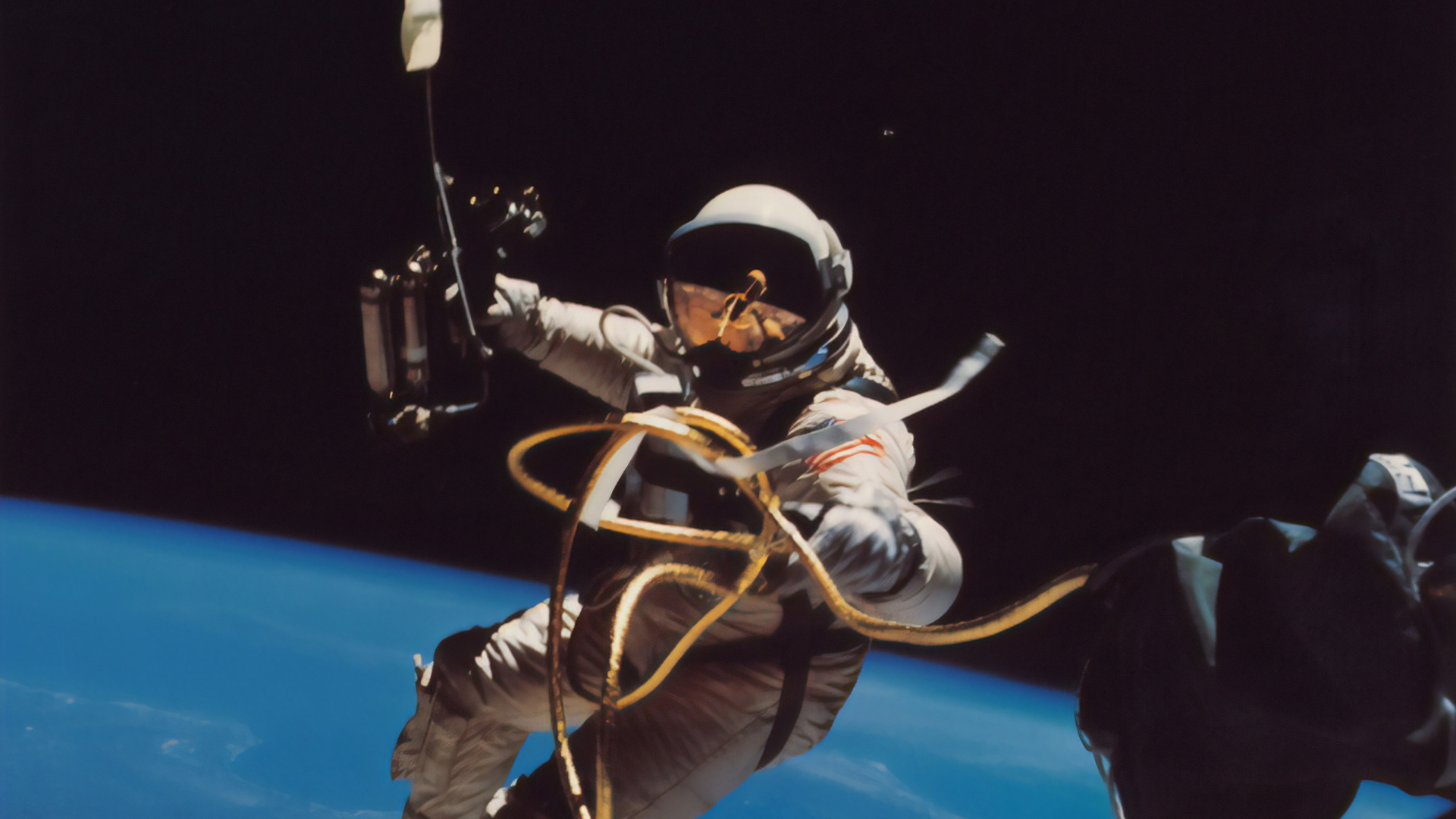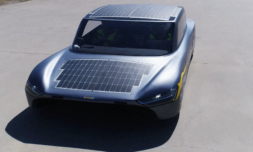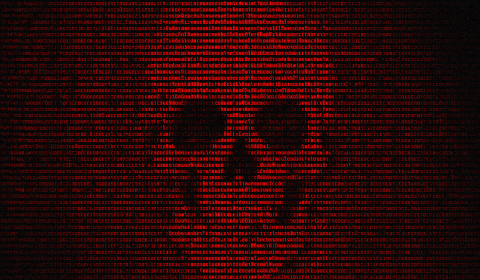Space exploration has served humanity well, offering a means of weather prediction and an ability to study the distant cosmos. However, our passion for science has created significant amounts of space junk.
Space junk refers to any debris that is left in space by humans.
It is usually comprised of satellites that have failed or reached the end of their lifespan and remnants of rockets, among other things. Most of these objects are in Earth’s low orbit, with some in geostationary orbit.
Space pollution is becoming increasingly pressing as it affects active satellites, the ISS, and the future of space exploration.
Space debris can travel at speeds of over 15,700 miles per hour, making even the smallest piece of debris a potential hazard to active satellites and manned spacecraft.
The accumulation of space debris over time creates a cascade of collisions between objects – generating even more debris and increasing the risk of further damage. According to the ESA, there are an estimated 36,500 debris larger than 10 cm in Earth’s low orbit.
Data shows that the main contributors of space junk are Russia, the United States, and China.
These countries are leading the industry. Russia is currently at the front, with 7,032 rocket bodies and debris in orbit. The first example of space debris was the launch of Sputnik until it fell back to Earth in 1958.
In an effort to clean up previous missions, Russia developed an anti-satellite weapon to blow up its old satellites.
Instead, this sent thousands of smaller debris into orbit, serving as a potential threat to the International Space Station. With the growth of commercial and government satellite missions, the number of objects in space is rapidly increasing.
The growing use of rocket stages, which are discarded after a single use, is also contributing to the growth of space debris. As of 2021, there have been 7941 satellites orbiting Earth.
Private companies also play a role in polluting space. Mega satellite constellations refer to a large number of satellites deployed and operating in low Earth orbit to provide global connectivity and communication services.
These constellations are typically operated with the goal of providing broadband internet services to rural areas, as well as improving global communications. Some examples of mega satellite constellations include SpaceX’s Starlink and Amazon’s Project Kuiper. The rise of these constellations only contributes to further orbital congestion, cluttering the sky.
Why exactly is space pollution a threat? Science has shown that at least 80 tones of space debris end up falling back to Earth annually though most are incinerated upon re-entry into the atmosphere.




















